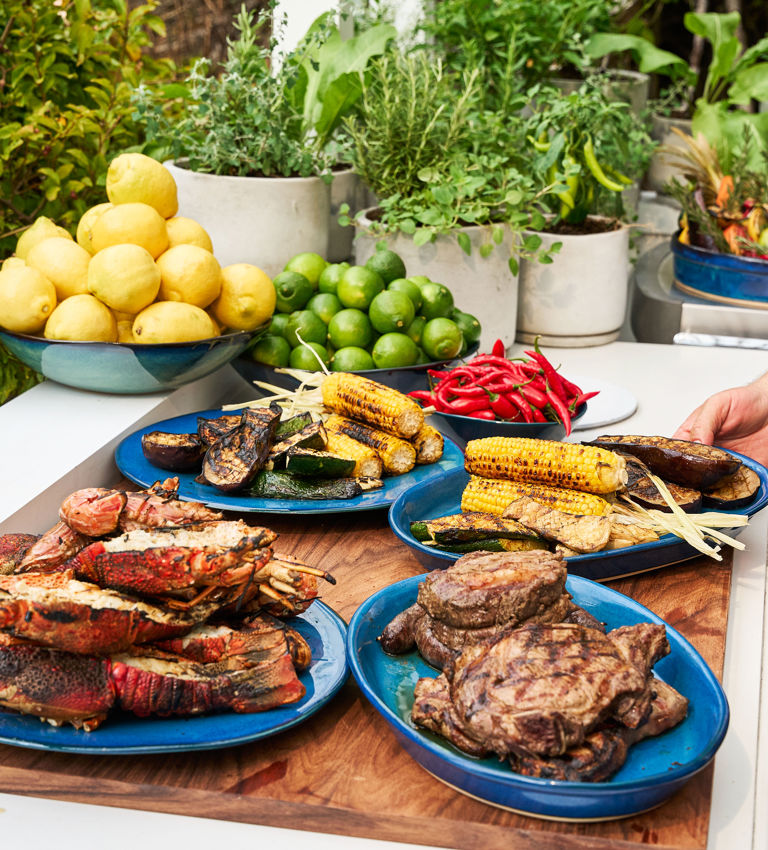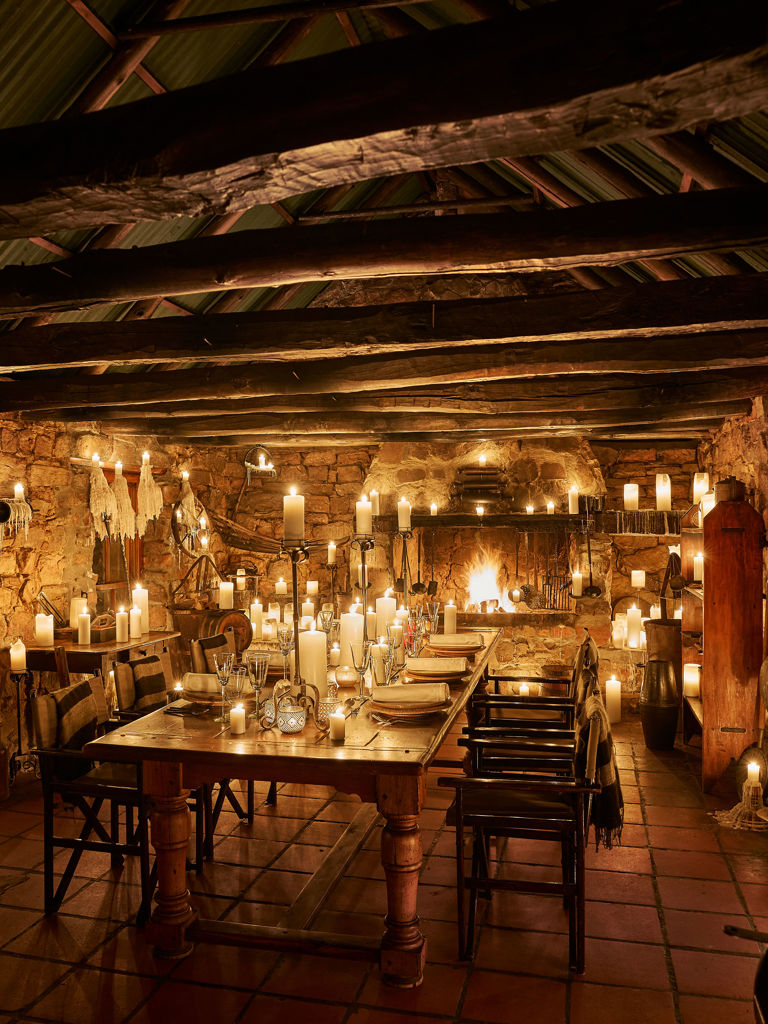
The history of braai in South Africa
Discover the rich history of the South African braai, a tradition rooted in culture, community, and a love for sharing meals over an open flame.

Discover the rich history of the South African braai, a tradition rooted in culture, community, and a love for sharing meals over an open flame.
Indulge in a private braai experience at the Kadoro at Bushmans Kloof, where you can savour exquisite grilled delicacies surrounded by the serenity of nature. Perfect for intimate gatherings, this unique setting offers a memorable dining experience under the stars.
Discover more